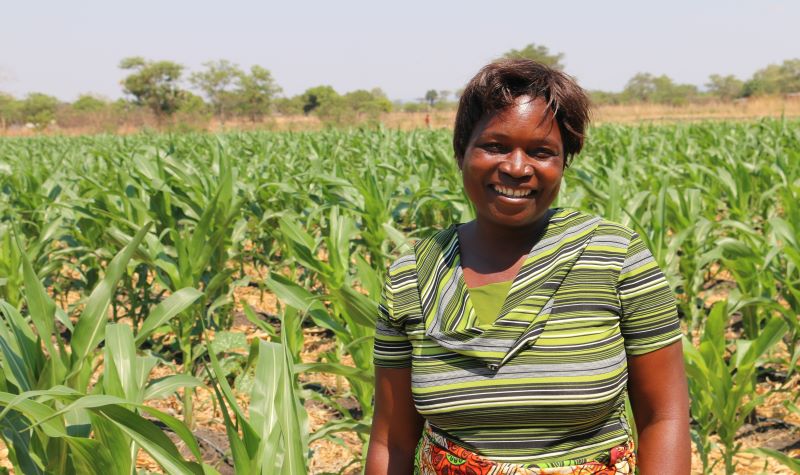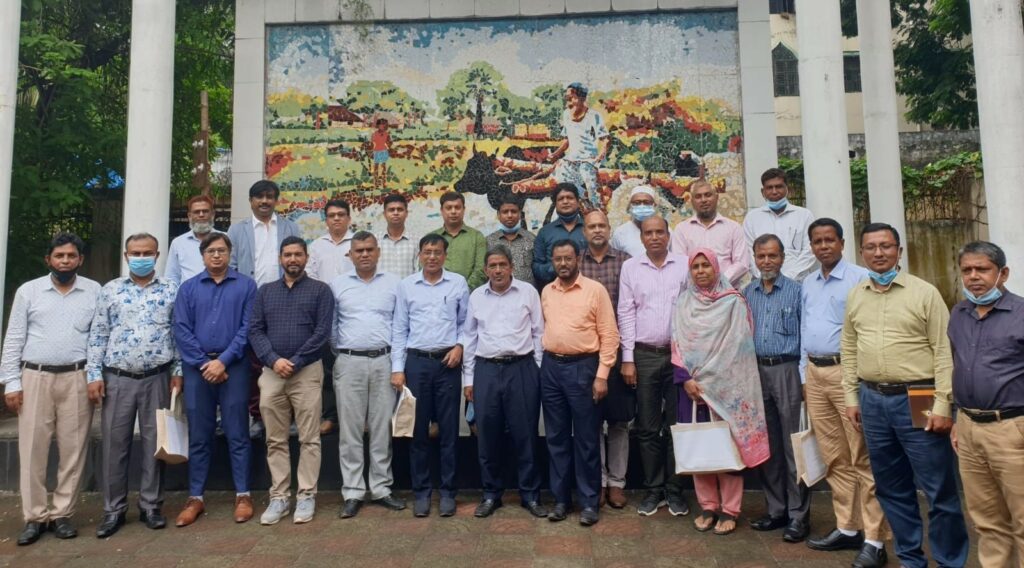Booklet Builder on the Plantwise Knowledge Bank
The Plantwise Knowledge Bank Booklet Builder helps you build a custom booklet containing Plantwise factsheets and Pest Management Decision Guides of your choice.
PlantwisePlus most read blogs of 2021
As 2021 draws to a close, we have crunched the numbers and present the most read articles on the PlantwisePlus Blog this year. Plus a few firm favourites. Articles on the launch of PlantwisePlus were some of the most read during 2021, as were those covering the work Plantwise continues to do on the ground…
Plantwise National Data Centre established in Pakistan
The plant health information collected through Plantwise plant clinics is a valuable resource. The Department of Plant Protection has set up a new National Data Centre in Karachi to collate clinic data. Plant health partners, stakeholders and other knowledge delivery systems will be able to use this information to make evidence-based decisions that strengthen plant…
Pest Risk Analysis workshop: spotting Pakistan’s potential invaders
Invasive species can cause enormous damage, affecting biodiversity, the environment, and people in invaded areas. They disproportionately affect communities in poor rural areas; people who depend on natural resources and healthy ecosystems to make a living. It is widely accepted that prevention is better than cure, however, how do you work out which species pose…
Plantwise Knowledge Bank Country Resources – What’s available?
The Plantwise Knowledge Bank (PWKB) is a free online resource that gathers plant health information from across the world. Over 15,000 pieces of content, which include, pest management decision guide’s (PMDG), factsheets for farmers (PFFF), species pages, photo sheets, manuals and video factsheets in over 100 languages.
Plantwise Burundi: building extension skills and resources
The role of extension staff in reaching smallholder farmers with relevant agricultural information is key to enabling them to grow more and lose less to crop pests and diseases. The advice given on agricultural practices helps to improve crop quality and yield and to sell agricultural produce for better prices.
Three policy recommendations to reduce pesticide risk
Pesticides can provide rapid means of controlling pests and prevent crop losses, but they can also pose a major risk to humans, animals and the environment. A recent research paper, led by CABI’s Dr Justice Tambo, examined whether plant clinics can reinforce the judicious use of pesticides among farmers in Rwanda and Zambia. It also…
What’s on the horizon?
Pests do not recognise borders. With the increased movement of people and goods, comes the increased risk of pests moving from one geographic area to another. For this reason, it is important to identify and categorize species that are likely to enter a particular geographic area from another geographic area. CABI’s Horizon Scanning Tool (HST)…
Women in rural agriculture: a CABI interview
Women play a significant role in agricultural production. Although women have limited say in decision-making on family farms, they make up nearly half of the global agricultural workforce. However, female farmers face a number of barriers, which must be addressed if we are to achieve a number of Sustainable Development Goals, including SDG 5: Gender…










